On the afternoon of October 10, the Central Ear, Nose and Throat Hospital held a ceremony to celebrate the 55th anniversary of the hospital's founding (1969-2024). Minister of Health Dao Hong Lan attended to celebrate with generations of hospital staff.
Fifty-five years ago, on July 14, 1969, Prime Minister Pham Van Dong signed Decision No. 111/CP establishing the Institute of Otolaryngology - the predecessor of the current National Otolaryngology Hospital. Over 55 years of development, from a facility with only 10 beds and nearly 30 staff members, the National Otolaryngology Hospital now has 320 beds and over 400 staff members. Inheriting and building upon the achievements and contributions of previous generations, the National Otolaryngology Hospital continues to develop and consistently lives up to its reputation as the leading hospital in the country for otolaryngology and head and neck surgery, earning the trust and high regard of patients.
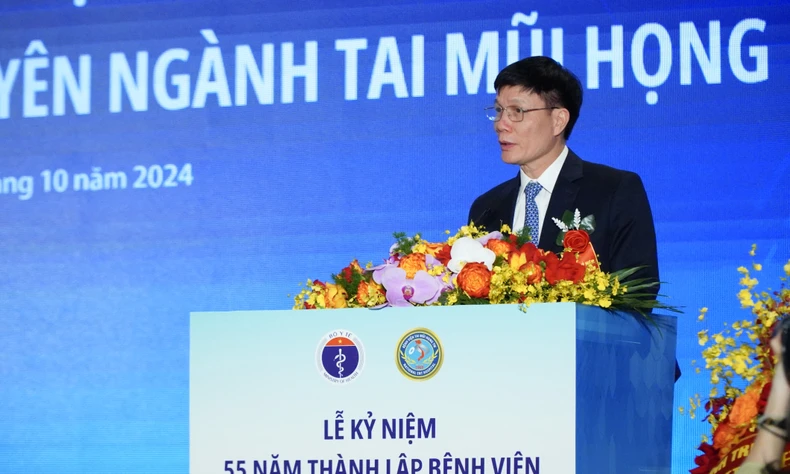 |
Associate Professor, Dr. Pham Tuan Canh, Director of the Central Ear, Nose and Throat Hospital, delivered a speech at the ceremony. |
Medical examination and treatment remains the most important task, with the number of patients seeking medical care constantly increasing. Over the past five years, overcoming the difficulties following the Covid-19 pandemic, the hospital has consistently strived to improve procedures, regulate medical examination and treatment activities, flexibly arrange examination rooms early, offer online appointment scheduling, reduce waiting times, and effectively meet the medical needs of the people.
In addition, the hospital cares about the rights of patients, aiming for patient satisfaction with the goal: "Taking patients as the center", putting the quality of medical services first.
Notably, the hospital always researches, builds, updates new, specialized techniques and applies advanced techniques used for the first time in Vietnam. Such as techniques to support the examination, diagnosis and treatment of ear and vestibular diseases, successfully performs surgery on many diseases of the inner ear, cerebellopontine angle, and petrous bone peak. The hospital has applied endoscopic surgery combined with positioning to treat recurrent sinus diseases, post-operative cerebrospinal fluid leakage, sinus tumors invading the skull base, congenital sinus diseases in children such as brain herniation, meningocele with good results. Emergency diseases in the ear, nose and throat such as bleeding, difficulty breathing, infection and trauma have been treated promptly, saving the lives of many seriously ill patients upon admission.
In recent years, the hospital has invested in many devices to aid in the diagnosis and rehabilitation of speech, swallowing, and breathing; and in reconstructive and cosmetic surgery for congenital and acquired ear, nose, and throat conditions such as auricular hypoplasia, rhinoplasty, airway reconstruction, and reconstruction of head and neck defects. In particular, it has applied flap techniques in surgery for late-stage cancer… Many devices are available for early cancer diagnosis, and a comprehensive range of cancer treatments including surgery, radiotherapy, chemotherapy, and palliative care can be implemented… As a result, the hospital can receive and treat all ear, nose, and throat cancers, even in late stages that previously required referral to specialized oncology facilities.
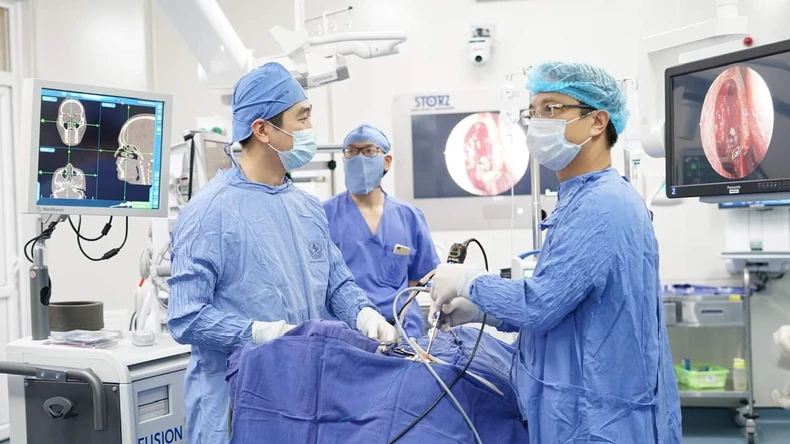 |
Doctors at the Central Ear, Nose, and Throat Hospital perform endoscopic sinus surgery using a navigation system. |
The Surgical Area has 10 modern operating rooms with increasing capacity, peaking at 90 to 100 surgeries per day. In addition, advanced equipment has been invested in the past such as: 3D positioning machine in endoscopic sinus surgery, modern surgical microscope, 64-slice CT scanner, 1.5 Tesla MRI machine, Elektra accelerator radiotherapy machine...
The Central ENT Hospital is the main practice facility of Hanoi Medical University; cooperates with other medical universities and accepts students for internships and practice. The hospital also always focuses on retraining and continuous training to improve the qualifications of ENT medical staff nationwide. From 2019 to now, the hospital has sent 92 doctors to transfer 56 techniques to doctors at provincial and regional hospitals such as Ha Giang , Hung Yen, Hai Duong, Thai Nguyen... on endoscopic sinus surgery, laryngeal microsurgery, emergency in ENT... contributing to improving professional qualifications, improving the quality of medical examination and treatment at lower-level hospitals, creating favorable conditions for people in medical examination and treatment, reducing the number of patients going to the central level.
Speaking at the ceremony, Minister of Health Dao Hong Lan congratulated the achievements of the team of doctors, medical staff, and workers of the Central Ear, Nose, and Throat Hospital. However, in the coming time, the health sector in general and the ear, nose, and throat specialty in particular will face difficulties and challenges; many difficult, rare, and unusual diseases will appear; the demand for high-quality medical examination and treatment from the people will increase; and technology and techniques will change rapidly…
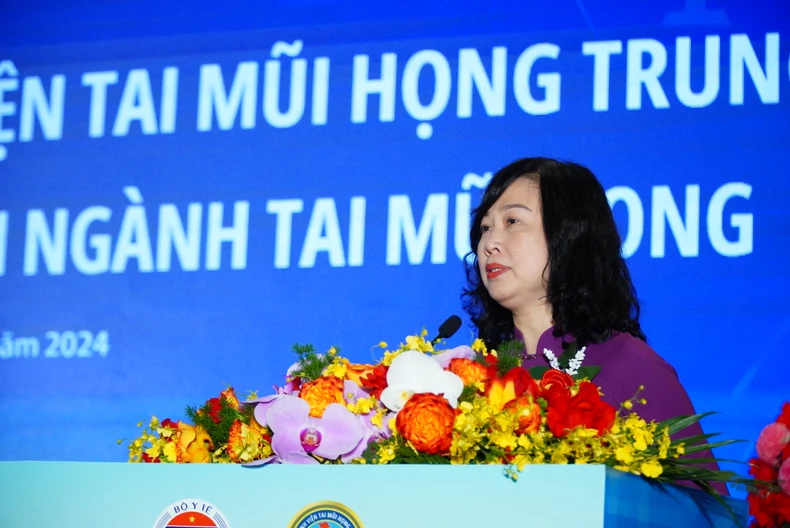 |
Minister of Health Dao Hong Lan delivered a speech at the ceremony. |
To enable the National Ear, Nose, and Throat Hospital to continue fulfilling its role as a leading hospital at the highest level in the ear, nose, and throat system, Minister Dao Hong Lan requested the Board of Directors and the entire hospital staff to effectively implement the health policies and guidelines issued in the past, especially the Law on Medical Examination and Treatment; Government Decree No. 96/2023/ND-CP detailing some provisions of the Law on Medical Examination and Treatment; and related guiding circulars of the Ministry of Health.
The hospital needs to continue to innovate and improve the quality of medical examination and treatment, ensure optimal medical supplies, equipment, and medicines to serve patients, and strive to bring the best experiences to patients when they come to the hospital. Promote specialization and professionalization of medical staff, serving from the reception, admission, care, treatment, recovery, and monitoring, and home care after discharge.
At the same time, promote the implementation of line-level guidance, professional support, and technical transfer to lower-level units to gradually improve the capacity and quality of medical examination and treatment of lower-level units, reducing the burden on upper-level units. Continue to strengthen international cooperation to exchange expertise, techniques, and apply advanced science and technology in the implementation of new and specialized techniques; research and train medical human resources.
On the other hand, it is necessary to stop applying information technology and digital transformation in implementing medical examination and treatment procedures; cashless payment; remote medical examination and treatment; and review and minimize administrative procedures that cause inconvenience to patients.
Source: https://nhandan.vn/phat-huy-tot-vai-tro-la-benh-vien-tuyen-cuoi-dau-tau-trong-he-thong-tai-mui-hong-post836052.html










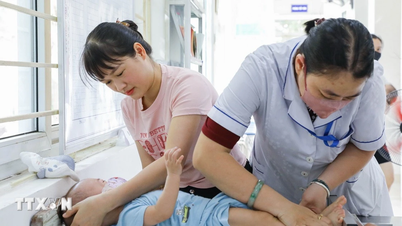



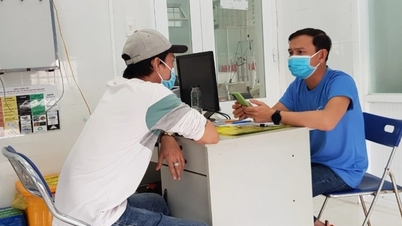
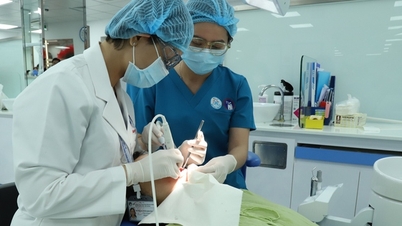
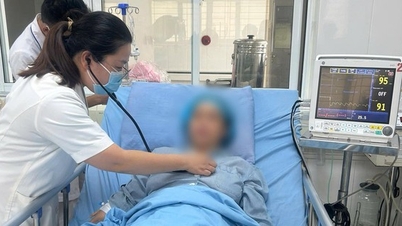




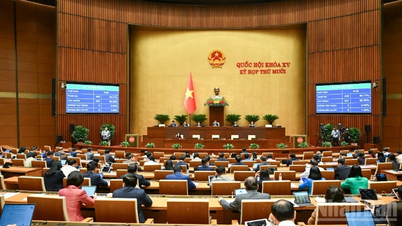
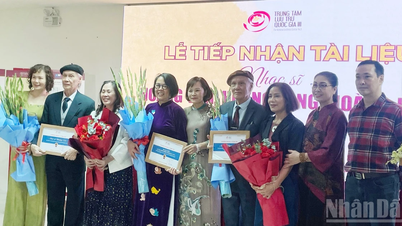
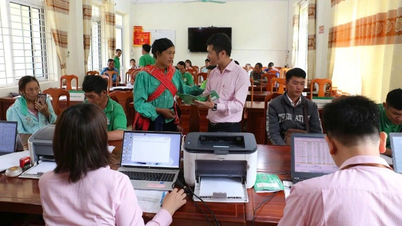
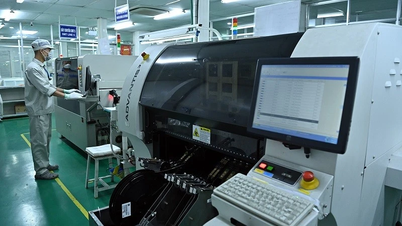
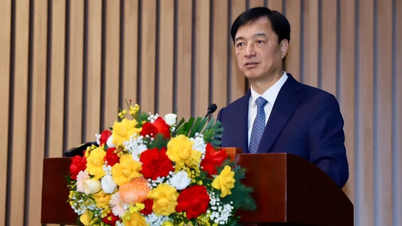
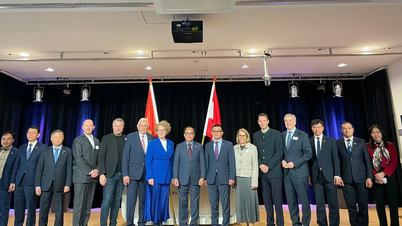







![[Video] The craft of making Dong Ho folk paintings has been inscribed by UNESCO on the List of Crafts in Need of Urgent Safeguarding.](https://vphoto.vietnam.vn/thumb/402x226/vietnam/resource/IMAGE/2025/12/10/1765350246533_tranh-dong-ho-734-jpg.webp)


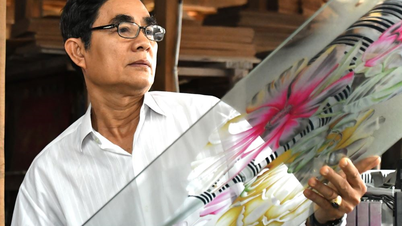



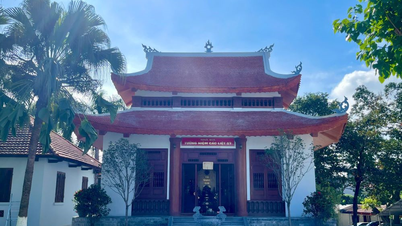








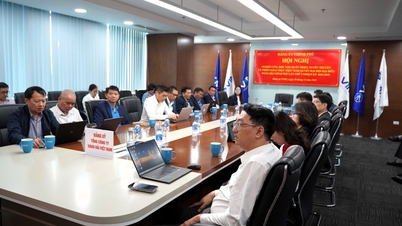




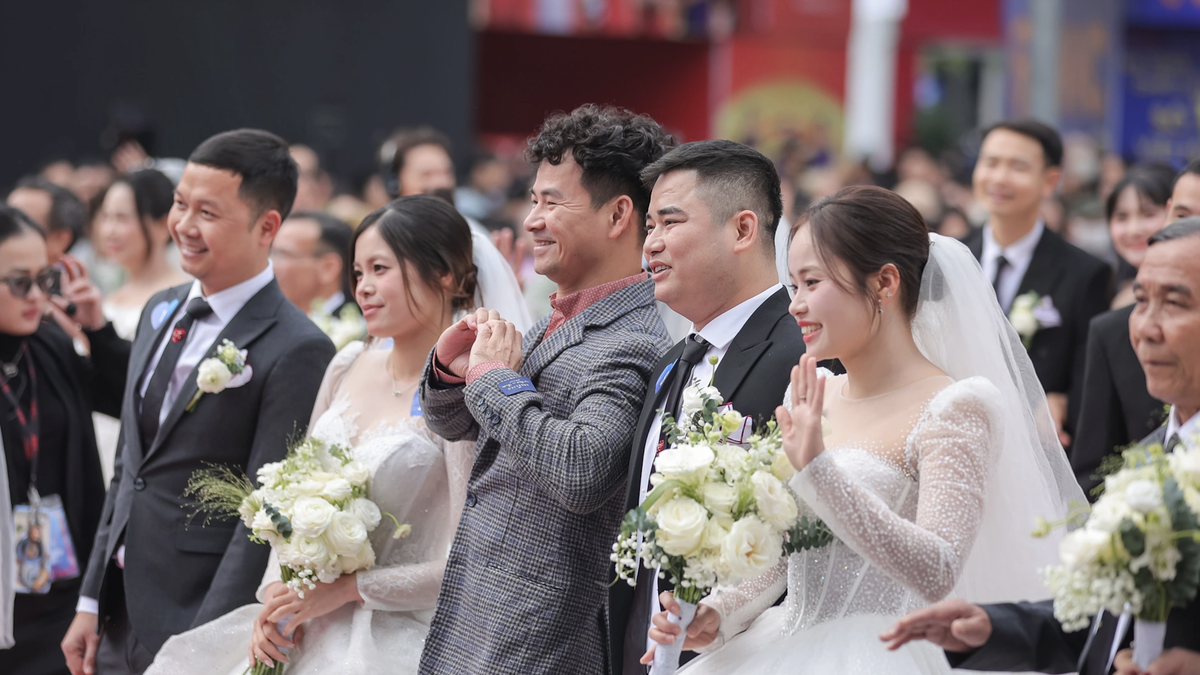










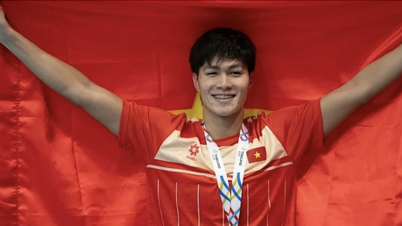








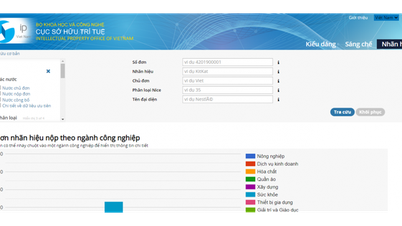
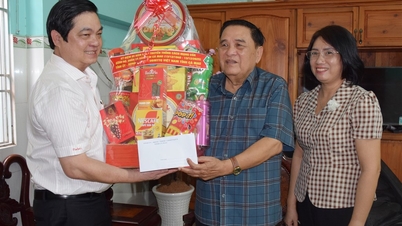
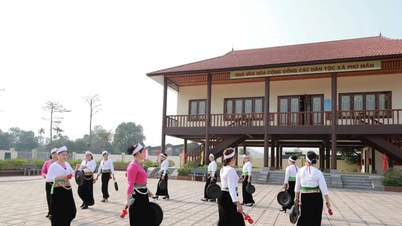












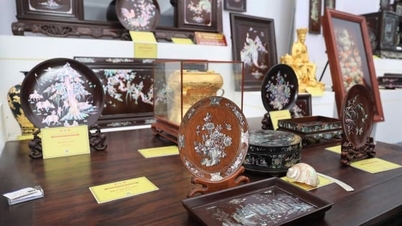













Comment (0)